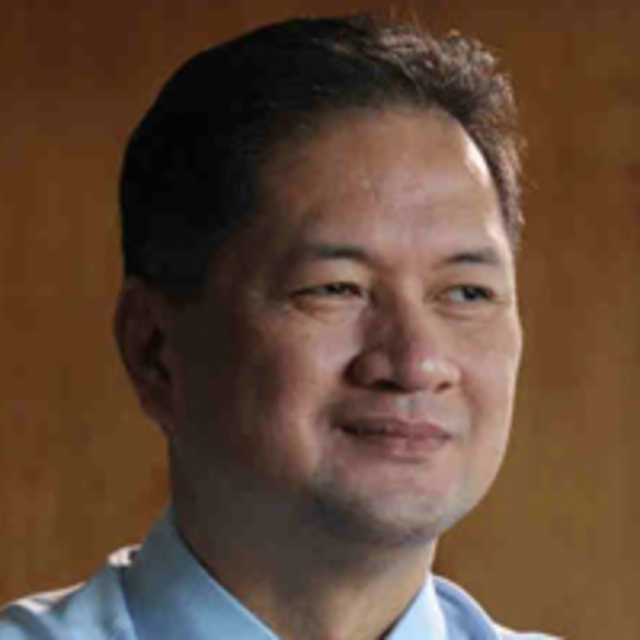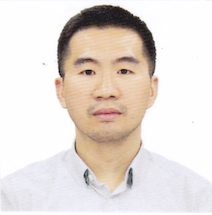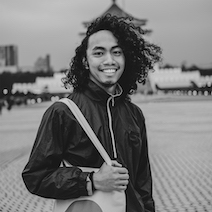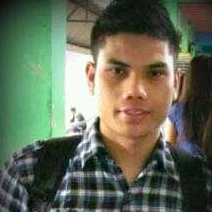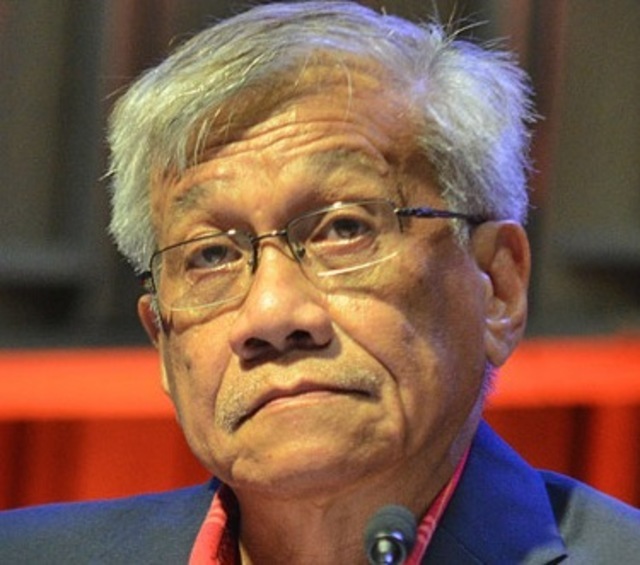
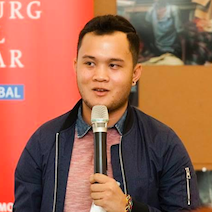
Surely it is clear that the national and local preventive measures to avoid further contracting of the novel coronavirus has disrupted everyone’s daily lives. Our often mundane and robotic daily schedules have been thrown into disarray because of the strict imposition of community quarantine measures in different parts of the country. From north to south, Filipinos are seemingly adjusting to an internet-reliant work scheme until the "coast is clear."
Some have adapted, at least temporarily, to working from the comfort of their living rooms. Schools have canceled their classes. Workplaces are operating with skeletal workforces. Malls around the country are seeing fewer and fewer shoppers. (READ: Luzon lockdown: What are the do's and don'ts?)
Bigger business establishments, especially the airline and hospitality sector, are also feeling the side effects of this national emergency. Canceled reservations and refunded transactions haunt companies. Even medium- and small-scale businesses are feeling the effects of the community quarantine measures.
I’d like to take this time to just surface some narratives that might not be mainstreamed or spotlighted but are equally important. (It might not even be as essential to you, the reader, as other major issues related to the pandemic might hold more importance.) Whether it is the required cancellation of mass gatherings or the enforcement of curfew hours, the unfortunate victims of this national emergency and the community quarantines that stem from it are those in the "gig economy."
Basically, the gig economy is comprised of flexible and temporary freelance jobs in online or offline platforms. This includes jobs for all kinds of entertainers, ranging from musical bands to dancers, and those involved in skill-based work, such as make-up artists and photographers.
Being an LGBTQ activist in Iloilo City, I have seen several of my LGBTQ friends post on social media their own struggles amid the community qurantines. Many events, conferences, graduations, forums, pageants, and shows have been canceled. No doubt that the cancellation of these gatherings are essential to ensure public health safety. While many become initially frustrated, they later realize the necessity of the abrupt change of plans, though others still wish that gigs could happen soon.
One of my Facebook friends announced that all his hosting stints from March to April have been canceled; another lamented that all the reservations to her beauty salon have been rescheduled; and another announced the temporary closure of his fashion design/tailoring shop. Their only sources of income are gone because the need to contain the virus to protect everyone else outweighs their personal needs.
As one of my Facebook friends, W Gallo, writes on her timeline, “May mga kaibigan akong bahagi ng LGBTQ++ na umaasa sa mga booking tulad nang pagsali sa pageant (Miss Gay), pagmake-up sa kasal, (lalong-lalo na sa) JS Prom, debut atbp., pag-ayos ng buhok (rebond, hair color), pagiging host/emcee sa mga ganap, paggawa ng gowns atbp...ang sakit lang dahil ang iba sa mga kaibigan ko ay breadwinner ng kani-kanilang pamilya. paano na din sila? ang pamilya nila?”
She correctly points out that during this period many of our brothers and sisters in the community are also relying on these informal sources of income to feed their families. While their health and safety is of prime concern, let us also acknowledge that systemic injustices also exist underneath the surface. The current social, political, and economic landscape of the country has often pushed marginalized groups to the periphery because of policies that are not pro-people. Often the lack of protective measures also perpetuate a culture that violates their basic human rights. (READ: [OPINION] Let’s not forget the poor during the coronavirus pandemic)
As an individual who identifies with the LGBTQ community, my goal is to surface these narratives. In any event, there are always individuals in the background and onstage who are already struggling with meager pay. But now, they also have to cope with uncertain economic futures brought about by the loss of opportunities to earn money and the possible increase in the cost of commodities. The coronavirus pandemic is as much an economic issue as it is a public health issue.
This made me realize that a lot of individuals are blinded by their own privileges and comforts. Some may be able to sit idly and survive this national emergency with all of life’s comforts, but others don’t even have a permanent roof over their heads. Lucky for some individuals and their businesses, they can somewhat survive this storm with minimal to zero damage to their investments and earnings.
Although it might already be obvious, the most affected are and will be those under the poverty line, those earning less than the minimum wage per day, those in non-regularized positions, those in the gig economy, those working in rural areas, and those who are already unemployed.
Some might think that this argument is just part of the so-called "gay agenda." However, this is not only exclusive to members of the LGBTQ community, as the likes of street vendors, sari-sari store owners, pedicab and jeepney drivers, and other blue-collar workers will equally feel the economic effects of this pandemic. So it isn't only the parloristas, the event hosts, and the make-up artists that will be affected. There is no safety net ready to catch those on the lower rungs of society when the health crisis is coupled with a looming economic crisis. (READ: [OPINION] Checking your privilege during the coronavirus pandemic)
I’m sure this is similar across the country, and is not just in Iloilo City. Truthfully, the only solution I could think of is ensuring that when policies and orders are implemented it should also acknowledge economically marginalized individuals. This should translate into proactive policies, in times of national emergencies, that would establish safety nets for those in less formal economies. The government should study this extensively and realize that their policies should be pro-poor and pro-Filipino.
A truly democratic country should cater not to the minority but to the majority. Who is the true majority? The true majority in the Philippines are our brothers and sisters who belong to the working class. – Rappler.com
Justin Francis Bionat is one of the founders of the Iloilo Pride Team and currently works as Executive Director of Youth Voices Count, a regional network for young LGBTIQ persons. He holds an MA in Human Rights and Democratization from Mahidol University, Thailand.



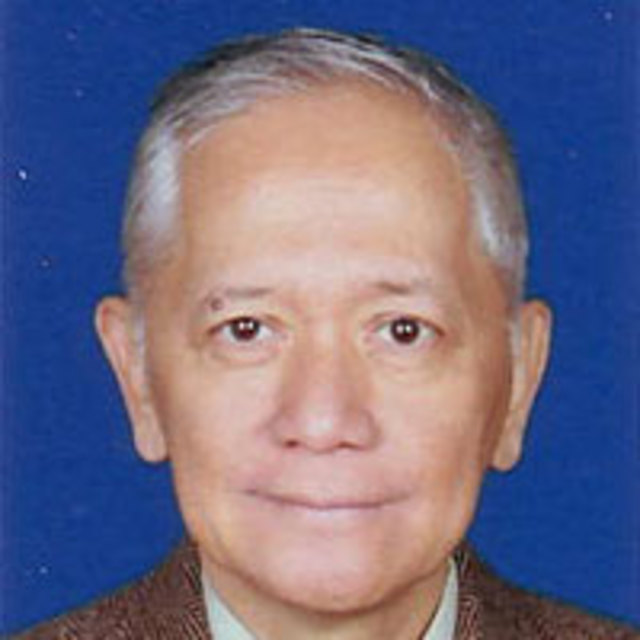
 QuaranTinapay.
QuaranTinapay. 





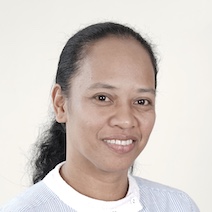






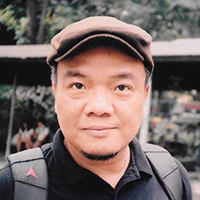 Dahil sa dami ng oras at suson-susong pangamba, manipis at maramdamin ako ngayon. Lalo’t nakaharap sa Facebook at nakabuyangyang sa newsfeed ko ang mga balita. Kaunting buyo lang, napipikon; makabalita lang ng hindi maganda, nagngingitngit, nagagalit, o napapraning para sa aking sariling kalusugan at kalagayan ng pamilya ko; makalanghap lang ng kahit katiting na positibong balita buhat sa mapagkakatiwalaang source, ipapamahagi.
Dahil sa dami ng oras at suson-susong pangamba, manipis at maramdamin ako ngayon. Lalo’t nakaharap sa Facebook at nakabuyangyang sa newsfeed ko ang mga balita. Kaunting buyo lang, napipikon; makabalita lang ng hindi maganda, nagngingitngit, nagagalit, o napapraning para sa aking sariling kalusugan at kalagayan ng pamilya ko; makalanghap lang ng kahit katiting na positibong balita buhat sa mapagkakatiwalaang source, ipapamahagi. 



